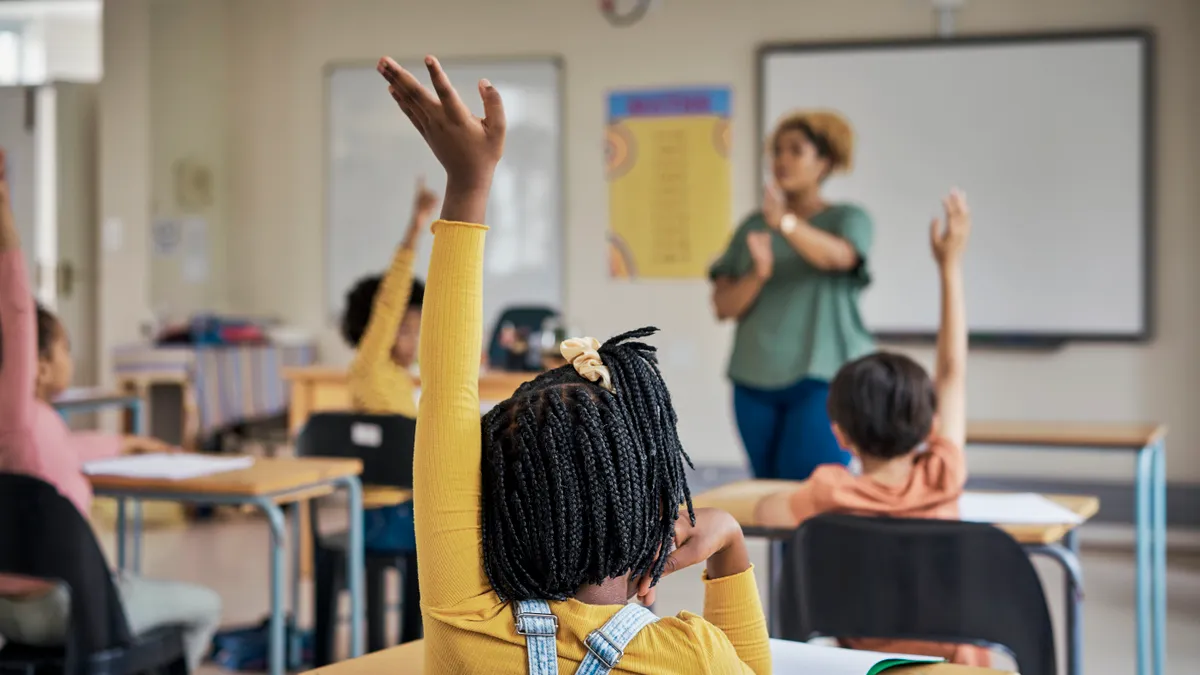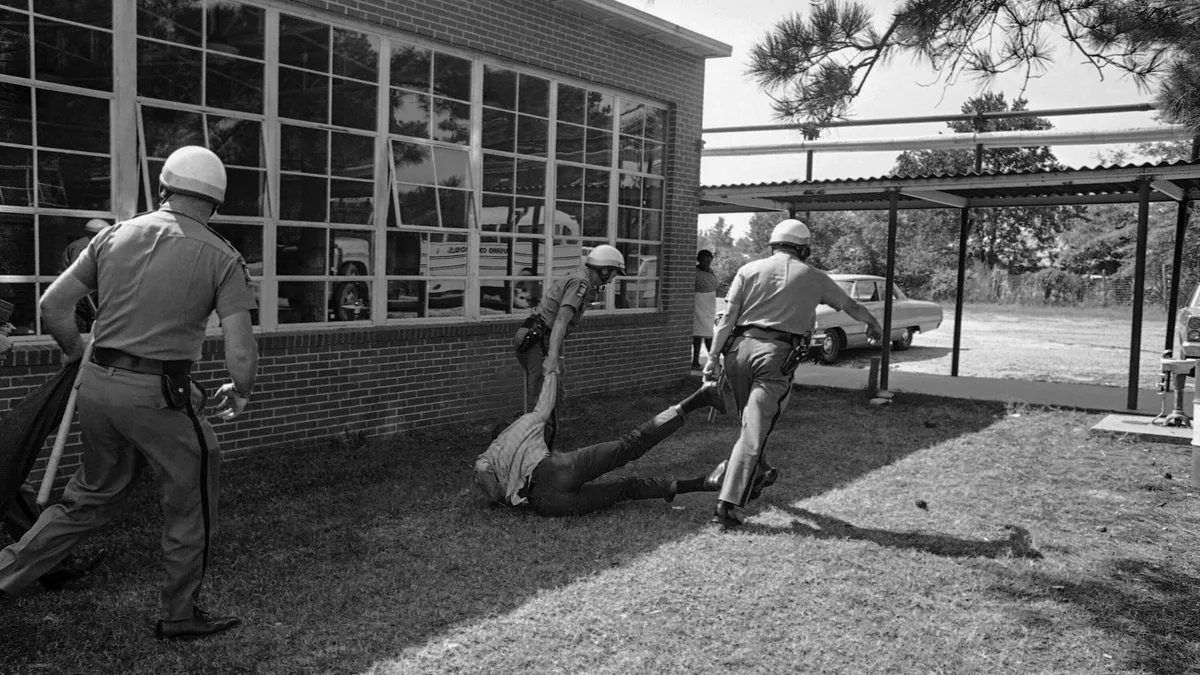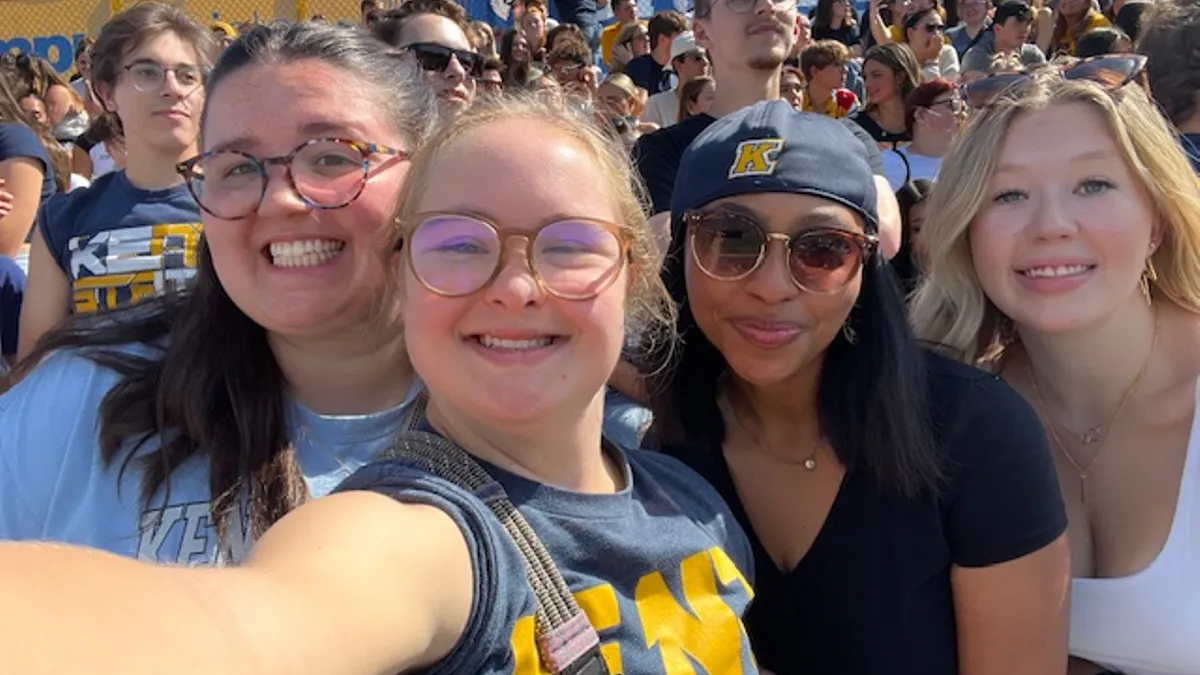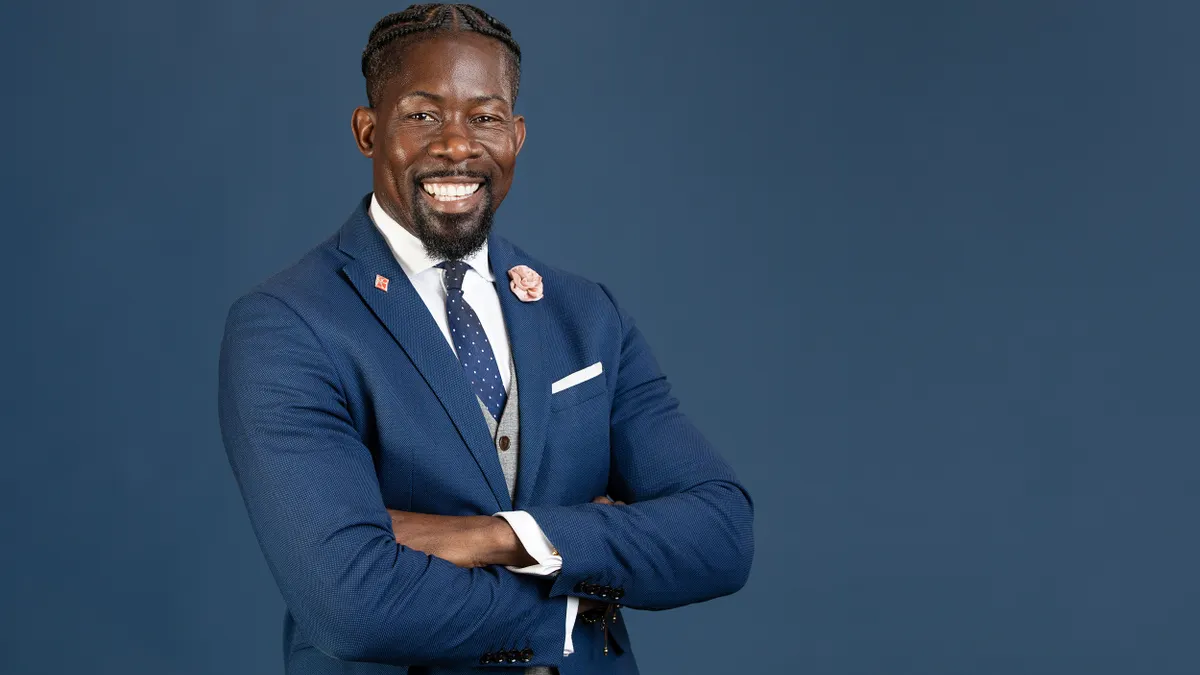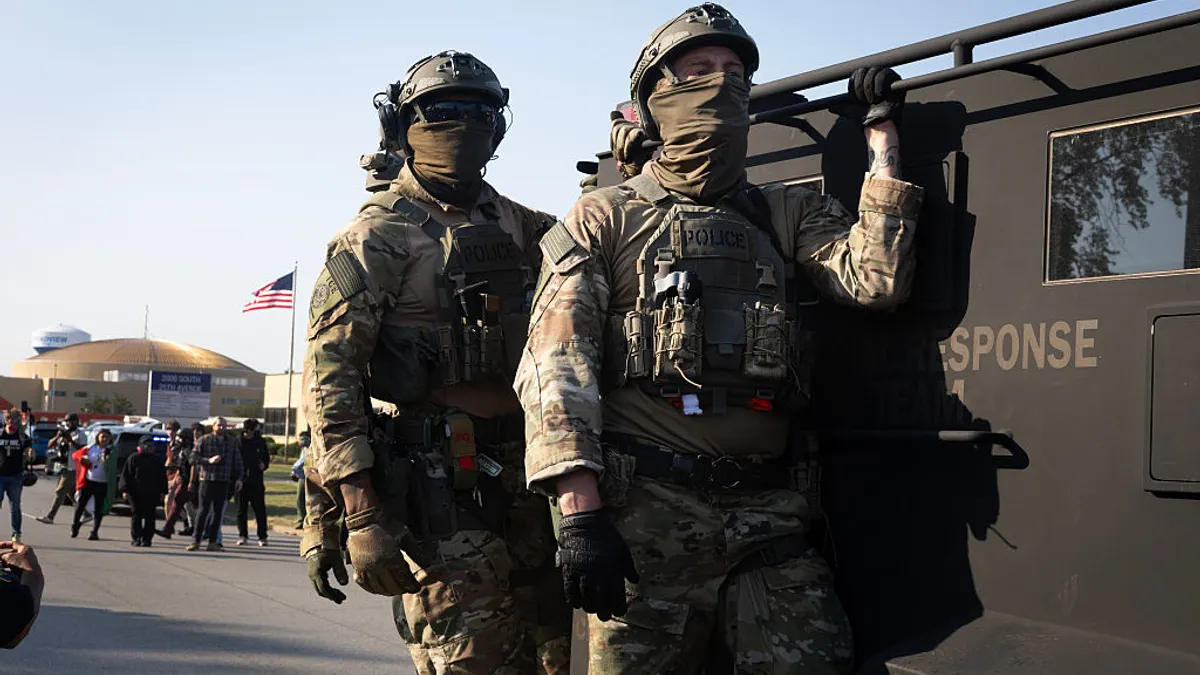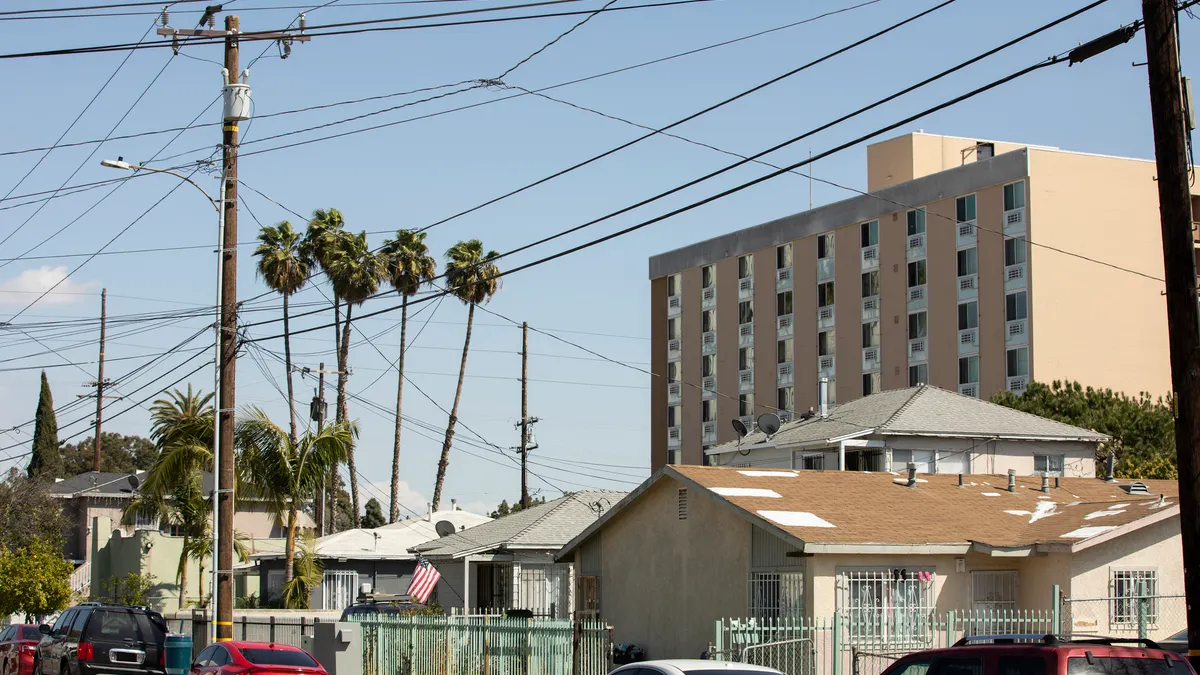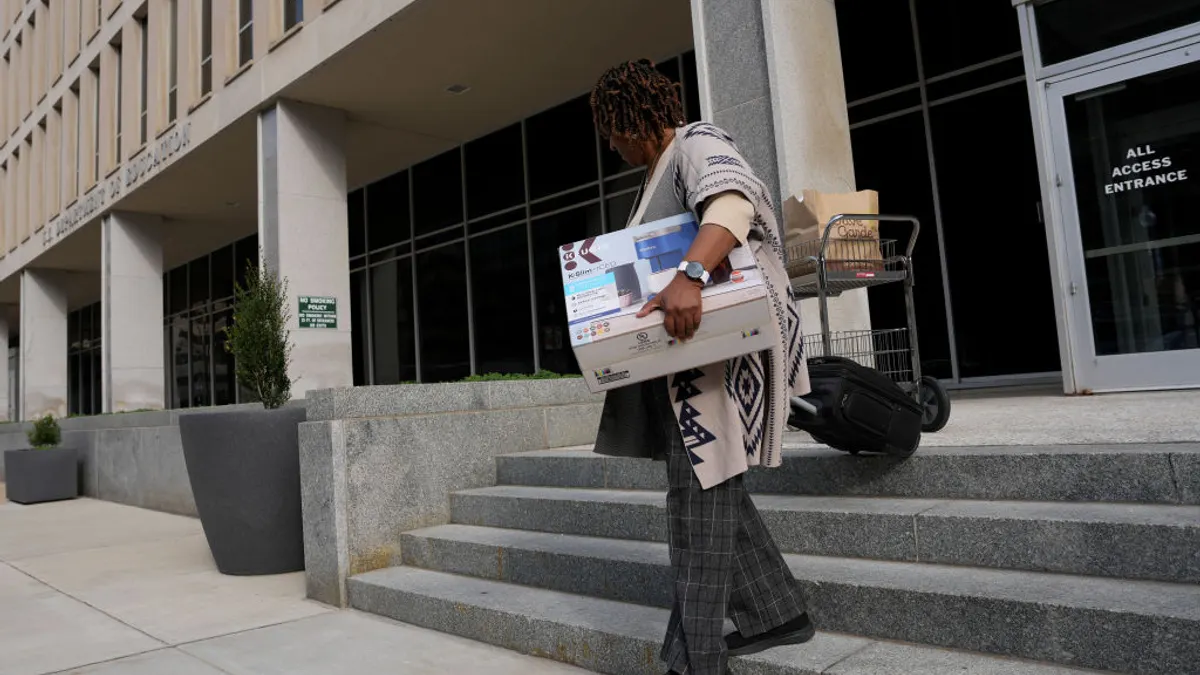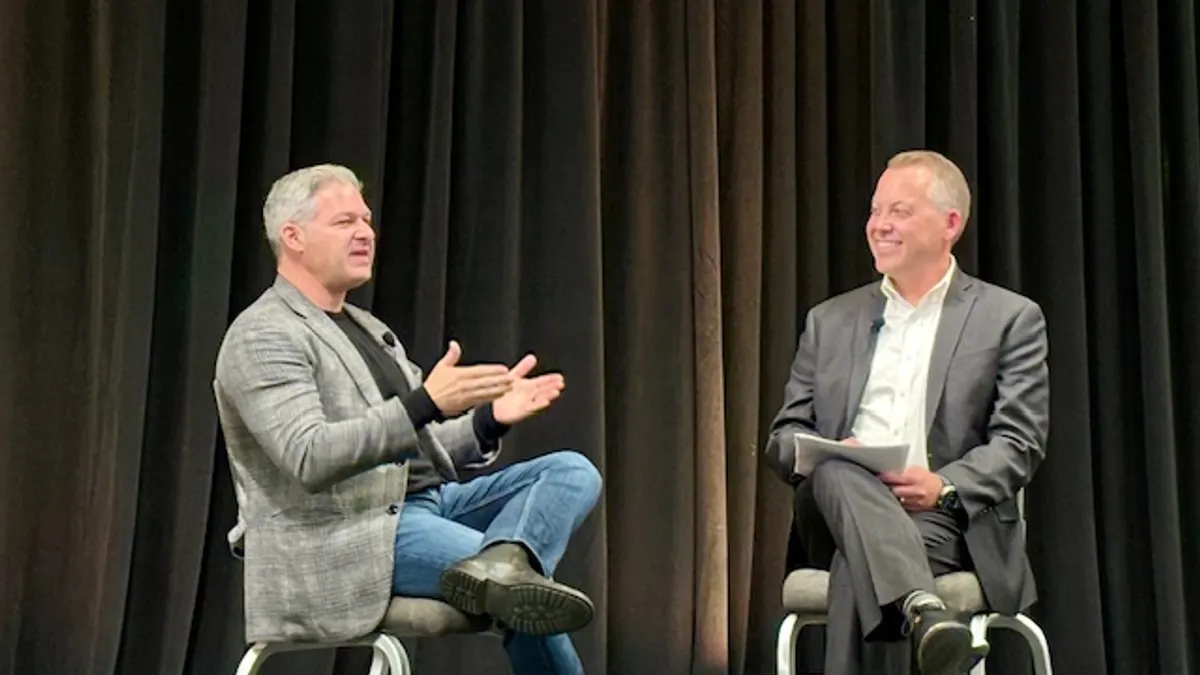Brandi Kelly is superintendent of Mt. Olive Community Unit School District #5 in Mt. Olive, Illinois. She has worked in education for over 20 years and is a member of the Institute for Education Innovation, a national school superintendent think tank driving change in education.
Hope is something educators carry with us. It’s always right there, wedged between our lesson plans and red pens.
Over time, that wishful thinking can weigh heavily on teachers and administrators. Real, systemic change seems like a pipe dream as politics dominate school culture, funding cuts continue, and workloads become unmanageable. We feel a collective sense of hopelessness that leaves us disillusioned and disenchanted — and when our hope falters, the impact filters down to the very students we strive to inspire and uplift.
To truly transform education, school leaders must evolve “hope” from an emotion to H.O.P.E., an actionable, strategic system built on habits, optimism, passion, purpose, perseverance, and excellence.
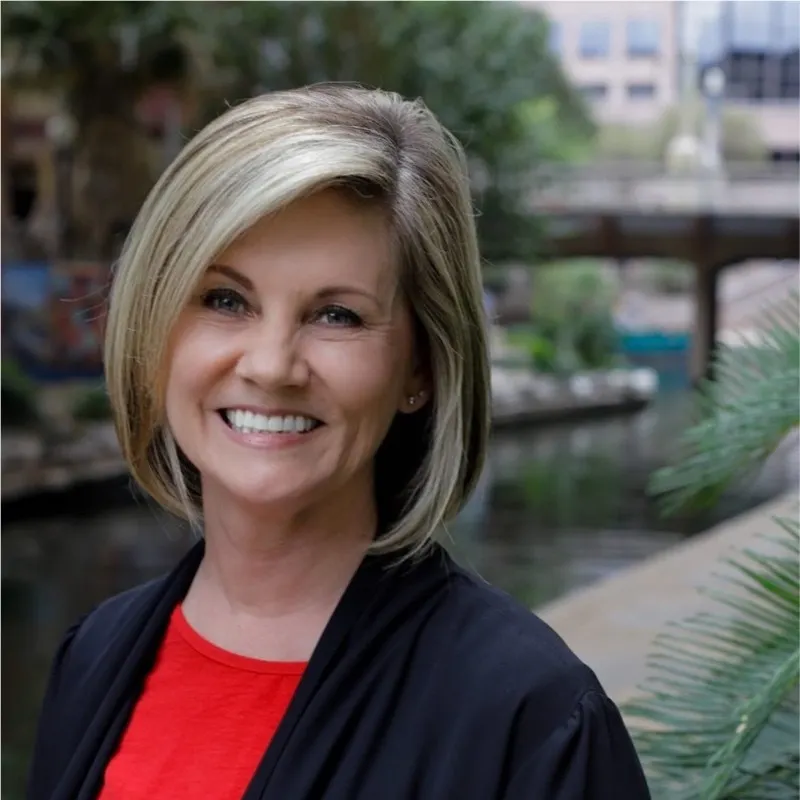
As researchers from Arizona State University put it bluntly: “Hope is really hard.” It demands that people take responsibility for their desires and action to transform them into reality.
After writing on the topic of leading with hope for years and putting what I’ve learned into practice as the superintendent of Mt. Olive School District, a small district of just under 500 students in Central Illinois, I’ve discovered that living out H.O.P.E. requires an intentional practice of self-reflection and self-efficacy to learn, lead and consistently grow. And just as important, the process must be modeled for others so administrators and teachers alike can collectively drive meaningful, sustainable change.
From hope to self-efficacy
To be effective, leaders have to lead themselves well before they can lead others. One of the hardest things we have to do as humans in the face of chaos, trauma, and pain is to retrain our mindset to be one of growth, optimism, and perseverance. Our brain is hard-wired to worry — it’s that instinctual fight-or-flight response that allows us to survive in the wild but detracts from the positivity that surrounds us.
Turning hope into action starts by building self-efficacy through self-reflection. Introspection is uncomfortable, forcing us to reevaluate our goals and motivation, examine our behaviors, and hold ourselves accountable.
Once we have a clear understanding of our emotions and attitudes, we have a roadmap to dismantle defeatism and a guide toward greater self-efficacy, or the belief in our ability to execute a plan of action based on our personal strengths.
For me, modeling self-efficacy means prioritizing solutions, sharing my story, and being vulnerable and authentic in my daily interactions. As I’ve become more value-led in my actions, that self-efficacy has trickled down to staff and students, empowering them to embrace their capabilities and take ownership in improving our school culture.
As psychologist Albert Bandura found, academic success “reflects the collective whole,” not the sum of individual contributions. In addition, research from John Hattie shows that collective efficacy is one of the top drivers of student achievement — three times more powerful and predictive than socioeconomic status.
When we believe in ourselves and those who surround us, we can hold on to hope and mold it into action.
A firsthand example of H.O.P.E.
As a new superintendent in a small district where change hasn’t always been embraced, I found building trust with and securing buy-in from students and staff required a lot more work than wishful thinking. Leading from the top down wasn’t going to work — we needed a collaborative approach to move the district forward.
With guidance from PJ Caposey, interim superintendent of Illinois' Meridian Community Unit School District, Mt. Olive performed a cultural assessment of the district to identify challenges, which we shared with all stakeholders. By bringing different teachers, staff, and administrators into the same room, acknowledging each person’s contributions and strengths, and listening to and valuing their expertise and ideas, we could foster collective self-efficacy and a plan moving forward.
Over the past two years, the team at Mt. Olive has initiated a strategic plan, integrated the Thoughtful Classroom Teacher Effectiveness Framework into our elementary schools, implemented professional learning communities, and partnered with local colleges, school districts, and businesses to expand dual credit and extracurricular opportunities.
In addition, we are developing a tiered, relationship-centered model to address chronic absenteeism, including daily check-ins with students, parent outreach, and if needed, home visits. From year to year, we’ve seen up to a 25% improvement in different areas of student achievement.
In Mt. Olive, hope may be the conduit, but we’re creating a mission-centered culture through clarity, rhythm and stability. Our staff know that they can rely on each other as a collective force to improve student achievement regardless of ongoing challenges in the district, including a minor decline in student enrollment and teacher recruitment struggles.
Each day, as a part of my H.O.P.E. process, I spend a few minutes journaling the impact our team had on our students. When I feel my optimism waning in a world of uncertainty, revisiting these highlights resets my mindset and creates a positive outlook for the days ahead. I know that our staff and teachers are united in our mission to better our district and cultivate hope for our students.


